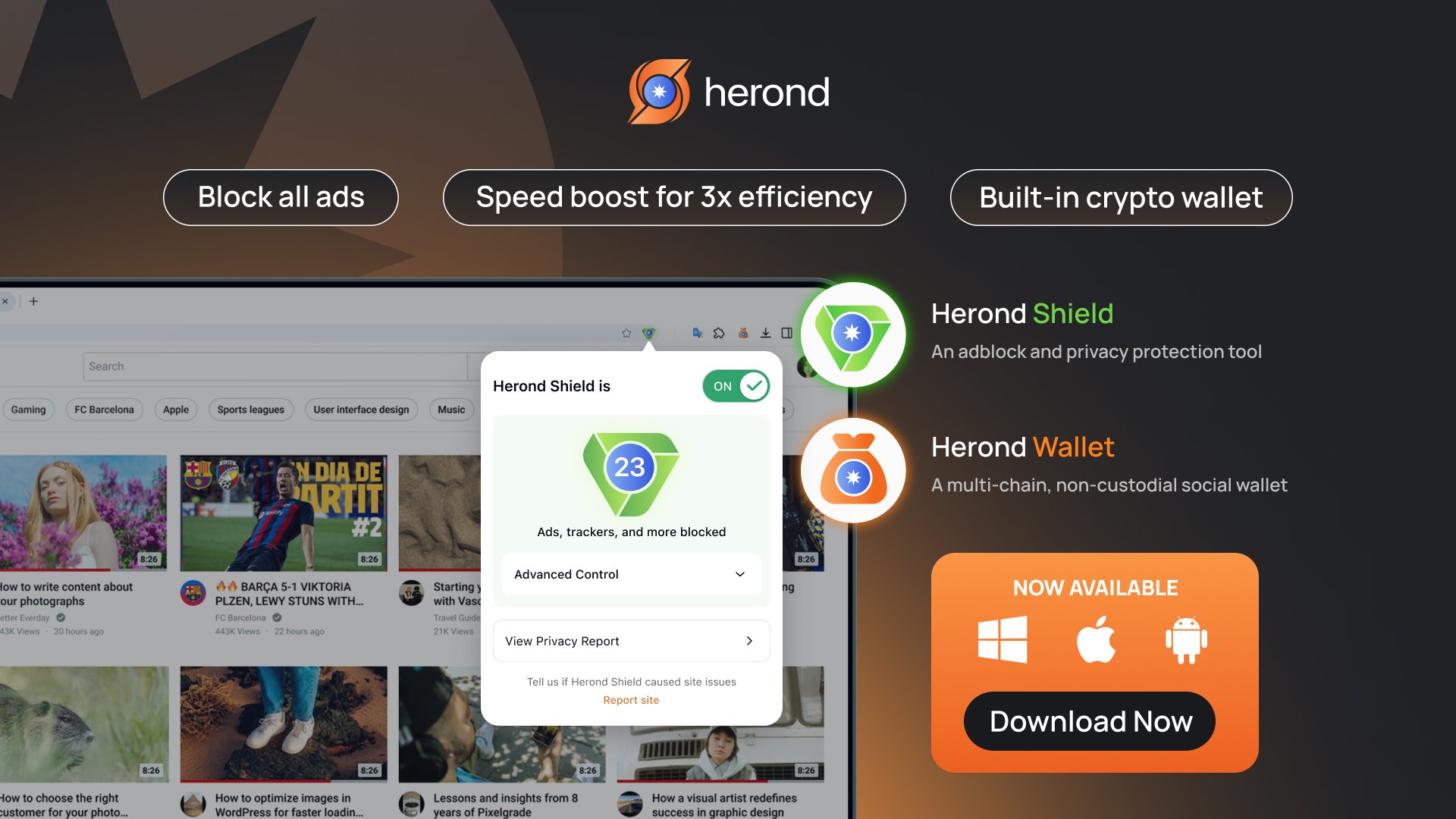As blockchain technology continues to evolve, new consensus mechanisms are emerging to address challenges like energy consumption, scalability, and inclusivity. Proof-of-Time (PoT) is one such innovative solution that seeks to transform how blockchain networks operate. Unlike traditional consensus algorithms like Proof-of-Work (PoW), which relies on computational power, or Proof-of-Stake (PoS), which requires staking large amounts of cryptocurrency, PoT focuses on time commitment as the key factor in securing the network and validating transactions. In this article, we will dive deep into what Proof of Time is, how it works, and why it offers a promising alternative for creating more energy-efficient, decentralized blockchain networks.
What Is Proof of Time (PoT)?
Proof-of-Time (PoT) is a proposed blockchain consensus mechanism that leverages the passage of time as a core element to secure the network and validate transactions. Unlike traditional consensus algorithms like Proof-of-Work (PoW), which relies on computational power, or Proof-of-Stake (PoS), which depends on the amount of tokens staked, Proof-of-Time emphasizes a time-based contribution by network participants to achieve consensus.
How Proof-of-Time Works
After understanding what is Proof of Time, it is highly recommended to find out more about the mechanism of Proof of Time. Here’s a breakdown of how Proof-of-Time works:
Time Commitment
In a PoT system, nodes (network participants) commit to staying online and actively contributing to the network over a predefined time period. This could involve monitoring network activity, validating transactions, or simply being available to participate in consensus when called upon.
Verifiable Delay Function (VDF)
To ensure that time has actually passed, PoT uses a cryptographic tool called a Verifiable Delay Function (VDF). A VDF ensures that a certain amount of real time elapses between two events, making it difficult to simulate or fast-forward time. This helps prove that a node has genuinely committed time to the network.
Block Creation and Validation
After proving they have spent a required amount of time contributing to the network, participants in PoT systems can be selected to create new blocks or validate transactions. This time-based selection process removes the need for energy-intensive computational work or token staking.
Rewards
Nodes that successfully prove their time commitment and contribute to the creation of new blocks are rewarded with network tokens or transaction fees. The rewards in PoT are linked to the duration of time a node remains active in the network.
Advantages and Limitations of Proof-of-Time
Advantages
Here are some outstanding strong points of Proof-of-Time:
Energy Efficiency
Unlike Proof-of-Work (PoW), which requires massive computational power and energy consumption to solve cryptographic puzzles, PoT focuses on time spent in the network. This makes it a greener alternative as it consumes less energy and lowers operational costs.

Fairness and Inclusivity
PoT reduces the reliance on expensive hardware or large amounts of cryptocurrency (as in Proof-of-Stake). Since the consensus is based on time rather than computational resources or wealth, smaller participants with modest resources can engage in network validation. Therefore, it fosters decentralization and inclusivity.
Security
Time-based consensus mechanisms, often using Verifiable Delay Functions (VDFs), ensure that network participants cannot manipulate time. This makes it difficult for malicious actors to execute attacks, such as Sybil attacks or double-spending. The VDF ensures that transactions and blocks are processed at a secure, consistent pace.
Low Barrier to Entry
PoT allows participants to engage in the consensus process without needing significant investments in hardware or large stakes of tokens, lowering the barrier for entry and democratizing participation in the blockchain network.
Scalability
Due to its low resource demand and time-based approach, PoT can potentially offer improved scalability compared to resource-heavy consensus models like PoW, making it suitable for large-scale networks.
Limitations
Despite all advantages of this consensus mechanism, Proof-of-Time still has some limitations that we should take into consideration:
Centralization Risk
If the system requires participants to remain online for extended periods, this could favor those with more stable infrastructure, such as data centers, leading to centralization over time. Those with less reliable internet or power might find it difficult to participate consistently.
Time Vulnerability
Since PoT depends on measuring real-world time accurately, there is potential for clock synchronization issues or tampering with time-related functions if not handled securely. Ensuring that all participants agree on a uniform timeline requires careful design and cryptographic safeguards like VDFs.
Implementation Complexity
The use of Verifiable Delay Functions (VDFs) and other time verification methods can introduce complexity into the consensus algorithm. Developing, implementing, and auditing secure VDFs can be challenging, especially in a decentralized environment.
Potential for Latency
PoT’s reliance on time as a factor in consensus could introduce some latency in finalizing transactions, depending on the time intervals required for validation. This could affect real-time applications or networks that require fast processing speeds.
Lack of Adoption
As an emerging consensus mechanism, PoT has not been widely adopted or tested on a large scale. It means that it lacks the proven track record that other models like PoW or PoS have. Its long-term viability in various use cases, particularly for high-throughput applications, remains uncertain.
Use Cases of Proof of Time
Proof-of-Time (PoT) has several potential use cases, particularly in blockchain applications where energy efficiency, fairness, and decentralized participation are important.
Below are 4 key areas where PoT can be applied:
Use case 1: Sustainable Blockchain Networks

PoT is highly attractive for networks that prioritize energy efficiency. Since PoT requires significantly less computational power than Proof-of-Work (PoW), it can be adopted by environmentally-conscious projects aiming to reduce their carbon footprint. These sustainable networks can support applications like:
- Green cryptocurrencies: Blockchain networks built with the intention of being energy-efficient while maintaining security.
- Supply chain tracking: Tracking and verifying eco-friendly product sourcing, with PoT helping ensure minimal energy usage.
Use case 2: Decentralized Finance (DeFi)
In DeFi platforms, PoT can improve fairness and accessibility by allowing participants with lower computational resources to engage in consensus processes. This could help in applications like:
- Decentralized lending and borrowing: Where smaller participants can validate transactions and provide security without needing high amounts of staked tokens (as in Proof-of-Stake systems).
- Staking alternatives: PoT-based systems can offer an alternative to token-based staking, enabling users to contribute through time commitment rather than requiring large capital investments.
Use case 3: IoT and Edge Computing

Internet of Things (IoT) and Edge computing applications benefit from lightweight, decentralized consensus mechanisms. PoT can enable low-powered devices, like smart sensors, to participate in blockchain networks without demanding significant energy or hardware. Key use cases include:
- IoT device coordination: Time-based validation can ensure that data from smart devices (such as in smart cities or smart homes) is securely processed in a decentralized way.
- Sensor data verification: PoT can be used to timestamp and verify data collected by IoT sensors in industries like agriculture, logistics, or healthcare.
Use case 4: Decentralized Storage Networks

PoT could play a role in decentralized storage systems, where users contribute storage space over time. By verifying that a storage provider has been available and storing data for a set time period, PoT can reward providers without requiring complex cryptographic proofs. This could enhance systems like:
- File sharing and storage: Projects like Filecoin and Storj could use PoT to incentivize participants for offering storage resources consistently over time.
- Archiving services: PoT can be used to verify that data is being archived and stored securely for long durations.
Conclusion
This article helps to answer the question “What is Proof of Time?”. Proof-of-Time (PoT) presents a compelling alternative to traditional blockchain consensus mechanisms by prioritizing time commitment over computational power or financial stake. Its focus on energy efficiency, fairness, and inclusivity. Therefore, it is particularly attractive in an era where sustainability and democratization are critical concerns.
By enabling participants to contribute to the network based on time spent rather than expensive hardware or large amounts of cryptocurrency, PoT offers a decentralized, low-barrier entry for individuals and organizations alike. Moreover, whether you are curious about sustainability in blockchain or looking for new models of fair participation, PoT offers an exciting approach to the future of decentralized technologies.
About Herond Browser
Herond Browser is a Web browser that prioritizes users’ privacy by blocking ads and cookie trackers, while offering fast browsing speed and low bandwidth consumption. Herond Browser features two built-in key products:
- Herond Shield: an adblock and privacy protection tool;
- Herond Wallet: a multi-chain, non-custodial social wallet.

Herond aims at becoming the ultimate Web 3.0 solution, heading towards the future of mass adoption. Herond has now released the mobile version on CH Play and App Store. Join our Community!



